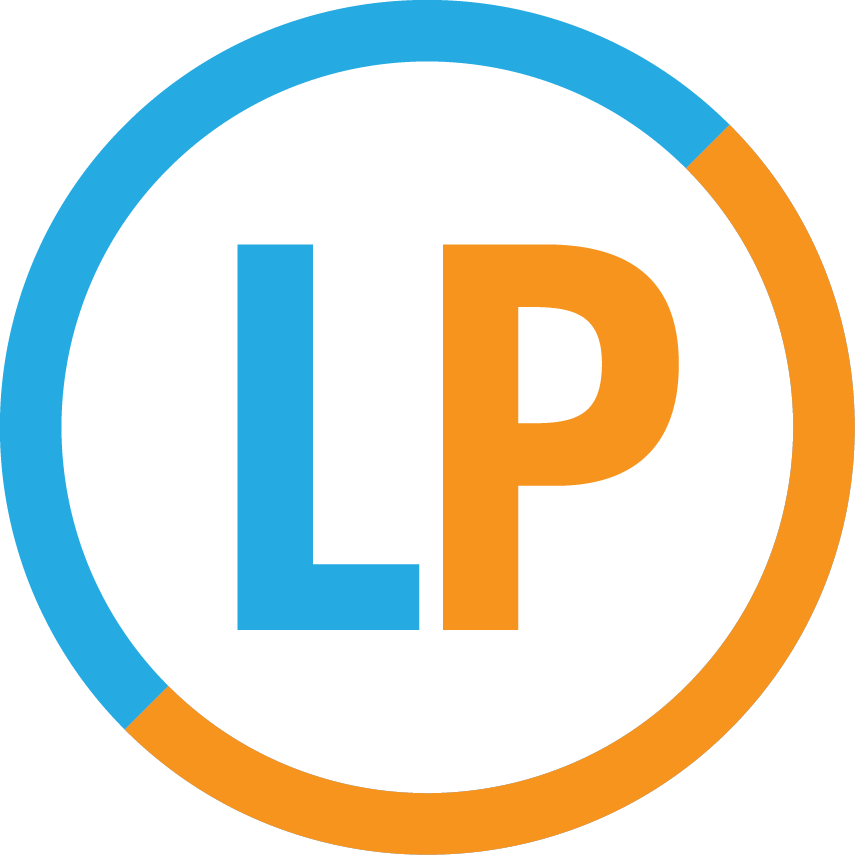As many of you know, The College Board recently released the first batch of official practice questions for the new SAT® – which will debut in March 2016. Many pundits have been quick to point to a similarity to the Common Core, since both the new SAT and the Common Core standards are the brainchildren of David Coleman. This link is accurate, but what does it actually mean? Here at LogicPrep, our instructors took some time to analyze what the College Board released and compose our reactions to help guide students through this next chapter.
Three aspects of the new mathematics sections stood out to us:
First, the SAT now has a “no calculator” section that is heavily dependent on understanding graphs and tables. This focus on understanding visual aids is omnipresent throughout the new SAT.
The second aspect of the math that grabbed our attention was the increased emphasis on word problems, specifically translating English to algebra. These word problems appear longer and more complex than in the past.
The final noteworthy aspect of the new math sections was the extended curriculum, covering advanced topics such as trigonometry and imaginary numbers in order to bring the SAT math curriculum up to par with the ACT math curriculum.
The new SAT has combined the Critical Reading and Writing sections into one score, returning to the old 1600-point scale and making the essay optional (like on the ACT). Here are our thoughts on the new reading and writing sections:
The focus on graphs and visual diagrams extends to the reading section. Out of 5 released passages, 2 were accompanied by a graph or diagram.
Most of the passage content was similar to old SAT exams, including a familiar comparison passage. The exception was the historical passage, in this case text of a speech by a Congresswoman in the 1970s about impeachment of the President.
There is a new question type that accompanies reading passages. This type of question asks students which piece of text best supports the answer to the previous question, providing a unique challenge for students.
The writing and language questions are remarkably similar to questions from the ACT English sections, with the questions all based on passages that have underlined portions of text. The SAT will now test grammar concepts previously limited to the ACT, such as punctuation, possessives, and transition words.
The essay is now optional, like the ACT, and asks students to explain the rhetorical strategies used in a given piece of text. Students are given 50 minutes to read and respond, and responses are scored from 1 to 4 in reading, analysis, and writing.
As we predicted, the biggest lessons from this release are that the content of the SAT will become much more similar to the ACT and feature a much greater emphasis on ability to analyze charts, graphs, and diagrams. While the release of a new format for the SAT test may seem daunting, the new test will feature score choice reporting, and we promise to be here to help guide your understanding and decision-making as you navigate the college preparation process.
Good luck, and please don't hesitate to give us a call at (914) 273-3280 or send us an email at contact@logicprep.com with any questions about the test preparation or college application processes.

